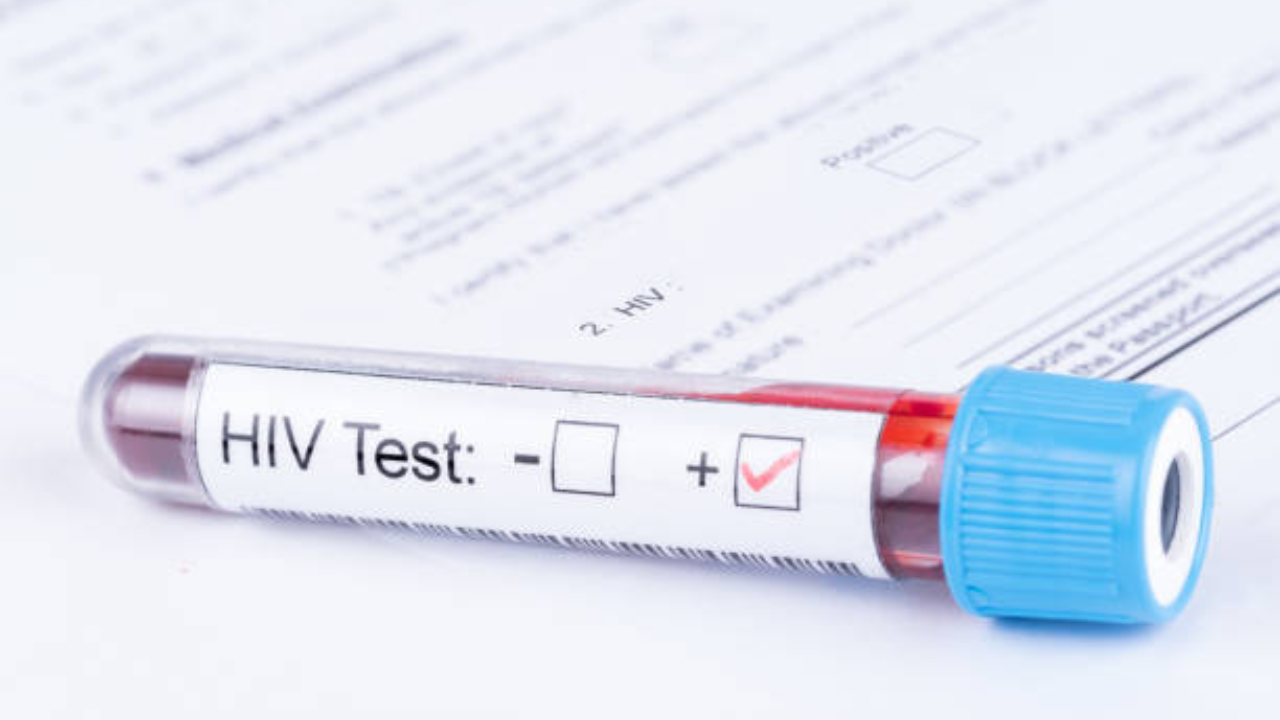-
news
-
Health
Study reports 22% decline in HIV infections, 40% decline in HIV-related deaths
A new study found that new HIV infections have declined by 22% globally and HIV-related deaths have declined by 40%. However, the researchers said regional variation in HIV suggests that countries are not on track to reduce new HIV infections and AIDS-related deaths by 90% by 2030. Read on to know more.

HIV infections down by 22, HIV-related deaths down by 40
Photo: iStock
A new study published in The Lancet hiv The journal found that new HIV (human immunodeficiency virus) infections declined by 22% and HIV-related deaths fell by 40% globally. The report also highlights progress made in fighting HIV. However, it also serves as a reminder to governments, organizations and others that the world is not on track to meet the UNAIDS 2030 goals.
The researchers said regional variation in HIV suggests that countries are not on track to reduce new HIV infections and AIDS-related deaths by 90% by 2030. The study found that the number of people living with HIV is expected to reach 44.4 million. By 2039, it will then gradually decline to 43.4 million people by 2050.
According to a report in Hindustan Times, the study also revealed that at least 1 million people are infected with HIV every year and the virus remains a leading cause of death in many countries. The authors say only three-quarters of the estimated 40 million people living with HIV are currently on treatment.
“Therefore, there is a critical need to evaluate current epidemiologic trends and monitor global progress toward goals of reducing HIV incidence and mortality,” the authors said in background of the study. In this analysis, we assess the current burden of HIV in 204 countries and territories and project HIV incidence, prevalence, and mortality by 2050 to help countries respond to the growing number of people living with HIV globally. Planning permission can be obtained.
The study said the global decline in HIV numbers is due to a decline in cases in sub-Saharan Africa, where the lifetime chance of being infected has fallen by 60% since its peak in 1995.
However, cases of HIV infection are increasing in Central Europe, Eastern Europe and Central Asia, where the lifetime probability of having HIV has increased by 586.4% from 1995 to 2021 and the number of people living with HIV without suppressing virus levels. have increased. By 116.1% from 2003 to 2021.
For the study, the authors used the Global Burden of Disease, Injuries and Risk Factors Study (GBD) 2021 analytical tool to calculate age- and sex-specific HIV mortality, incidence and prevalence estimates for 204 countries and territories (1990-2021). framework used.
The authors said, “We aimed to analyze all available data sources, including data on the provision of HIV programs reported to UNAIDS, a systematic review, household surveys, sentinel surveillance of people on antiretroviral therapy (ART) identified by prenatal Includes published literature on beach mortality. care clinic data, vital registration data and country-level case report data.
The authors said this analysis provided, to the best of their knowledge, the first global estimate of the lifetime probability of HIV acquisition and duration of PUV (unsuppressed viral load). They set out a series of recommendations in the paper to sustain and strengthen the global HIV response.
Get the latest news live on Times Now with breaking news and top headlines from around the world.


